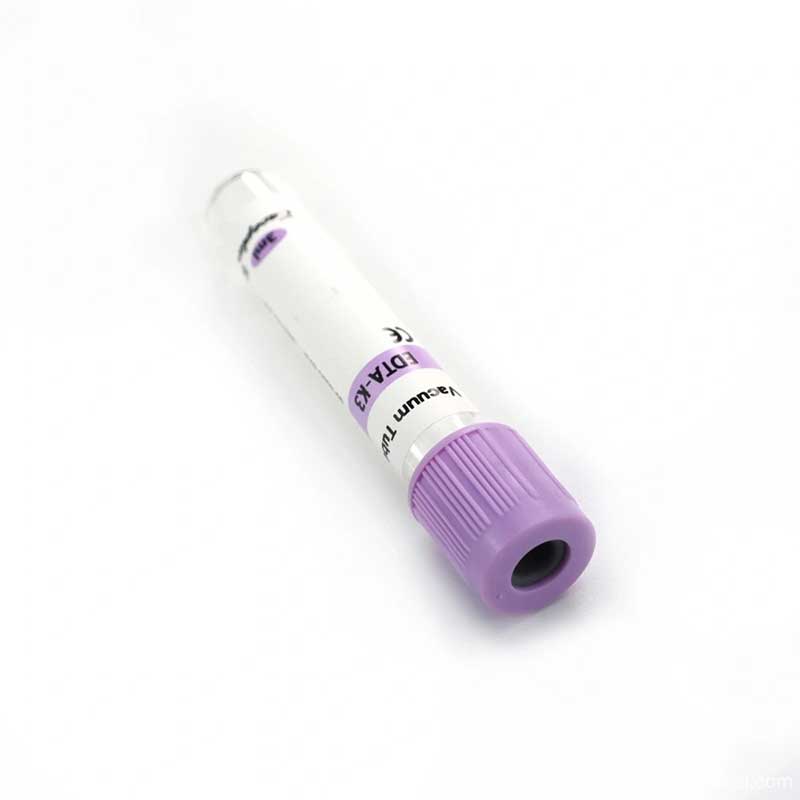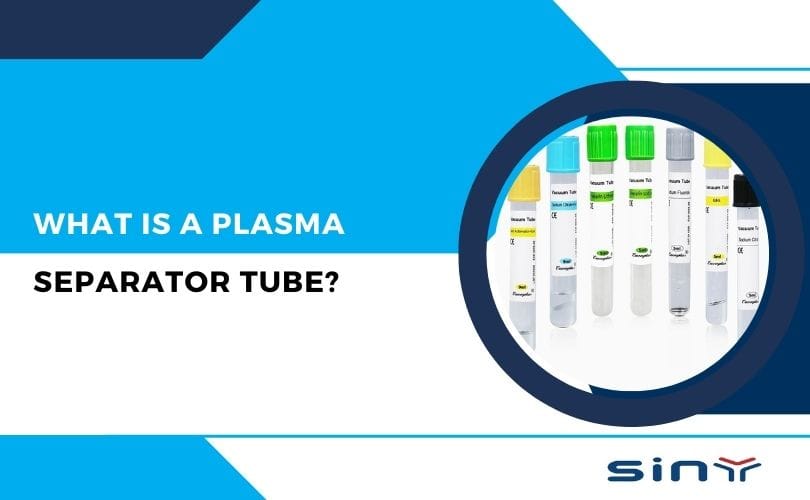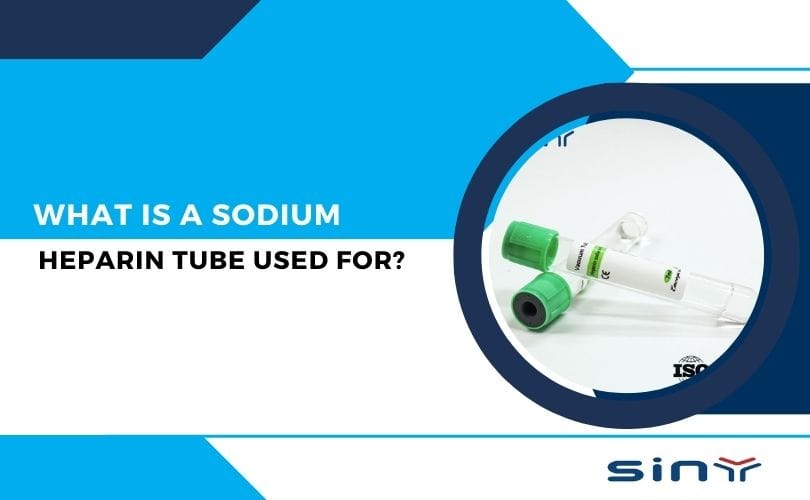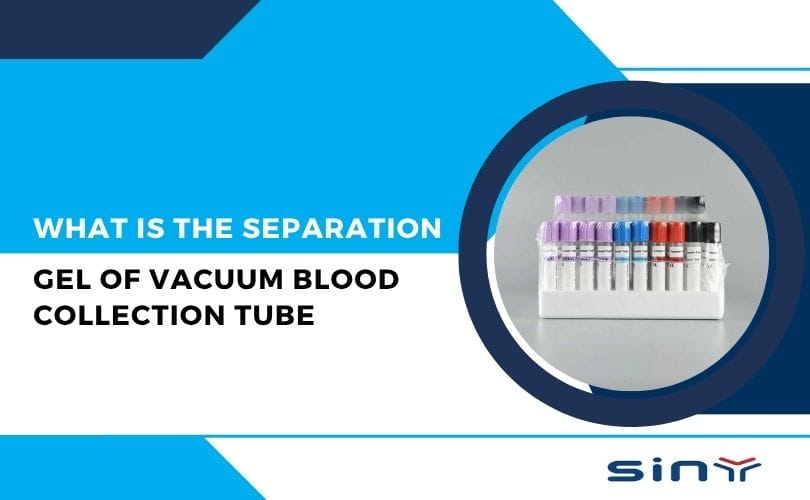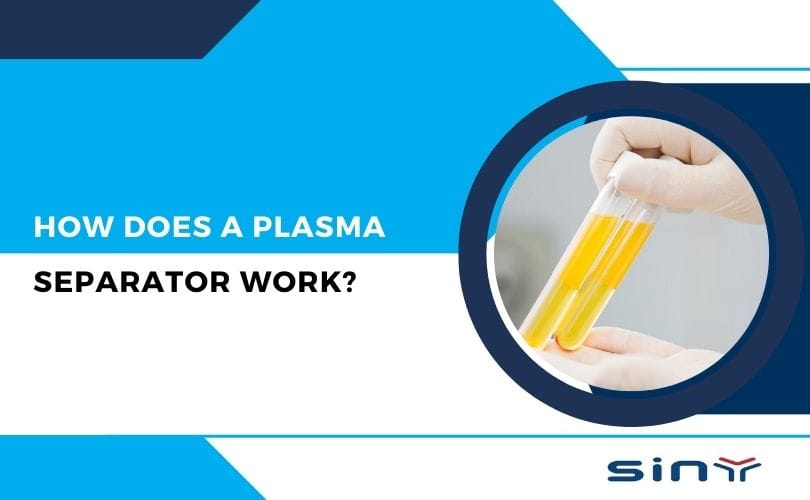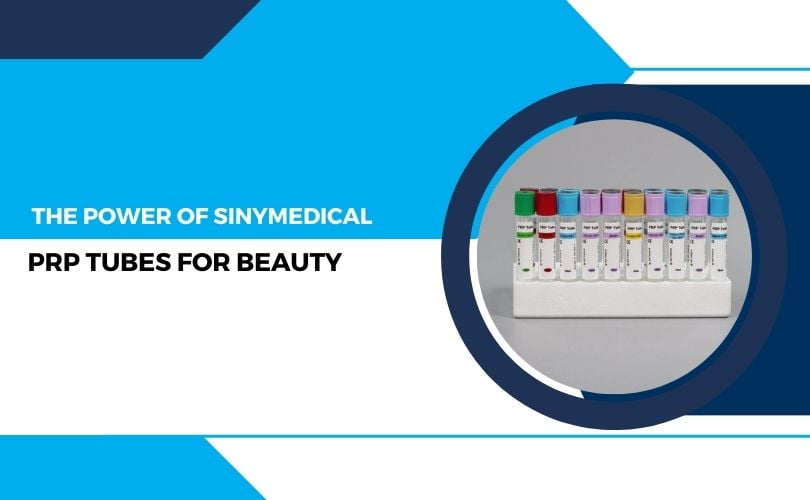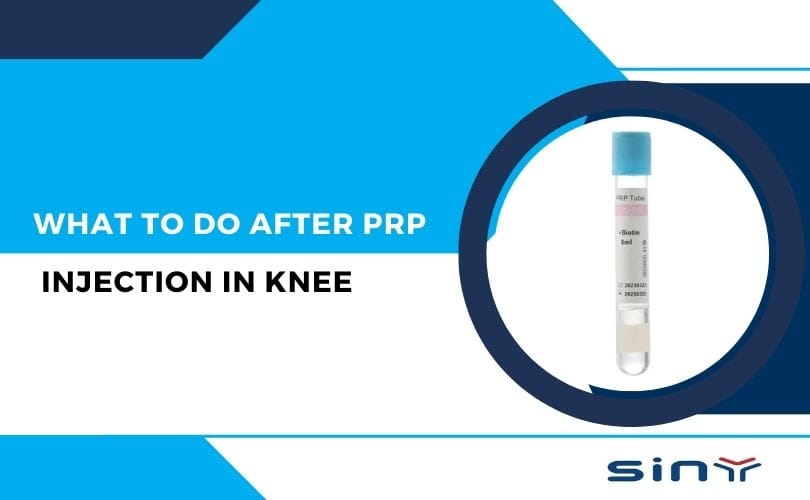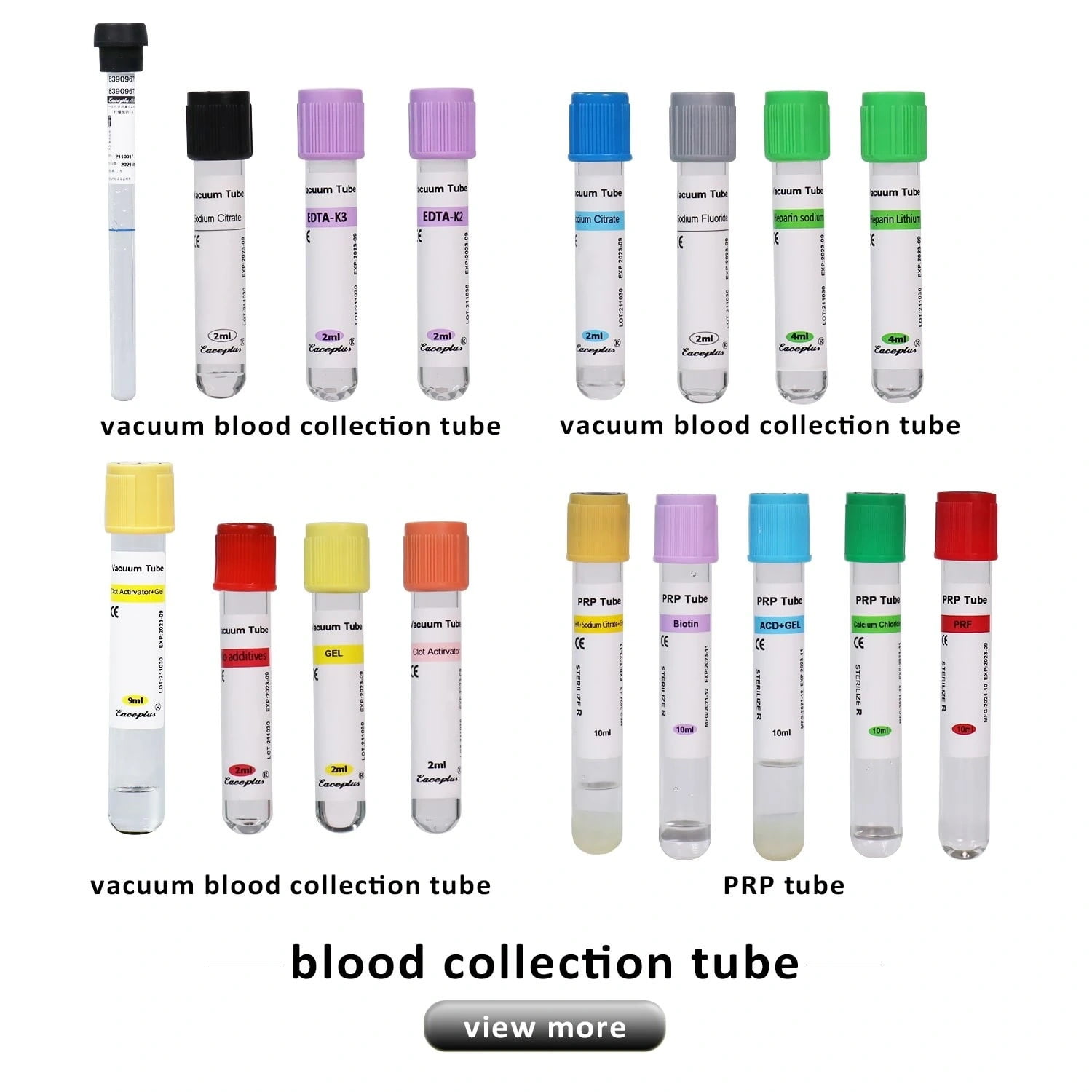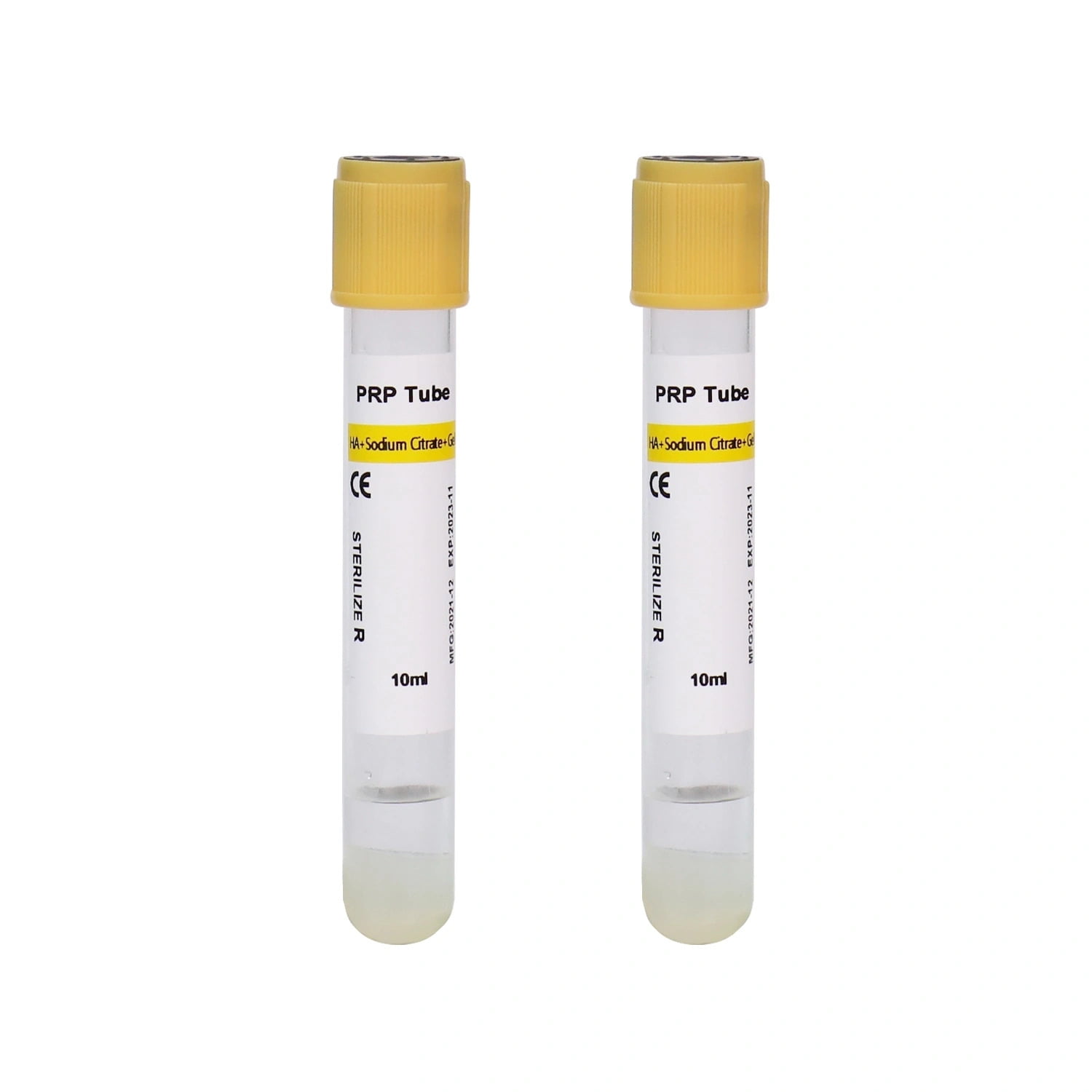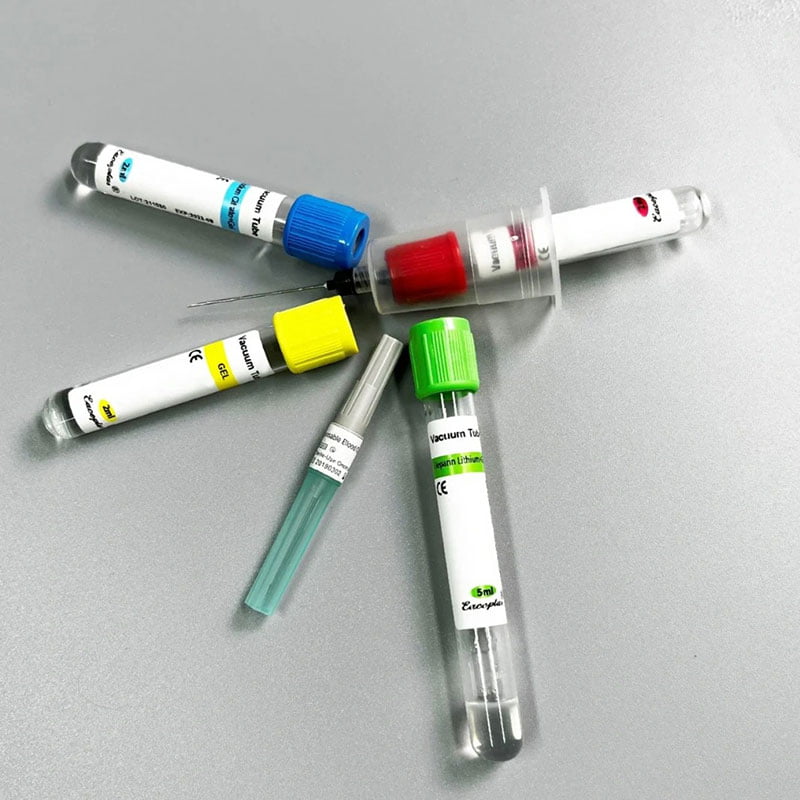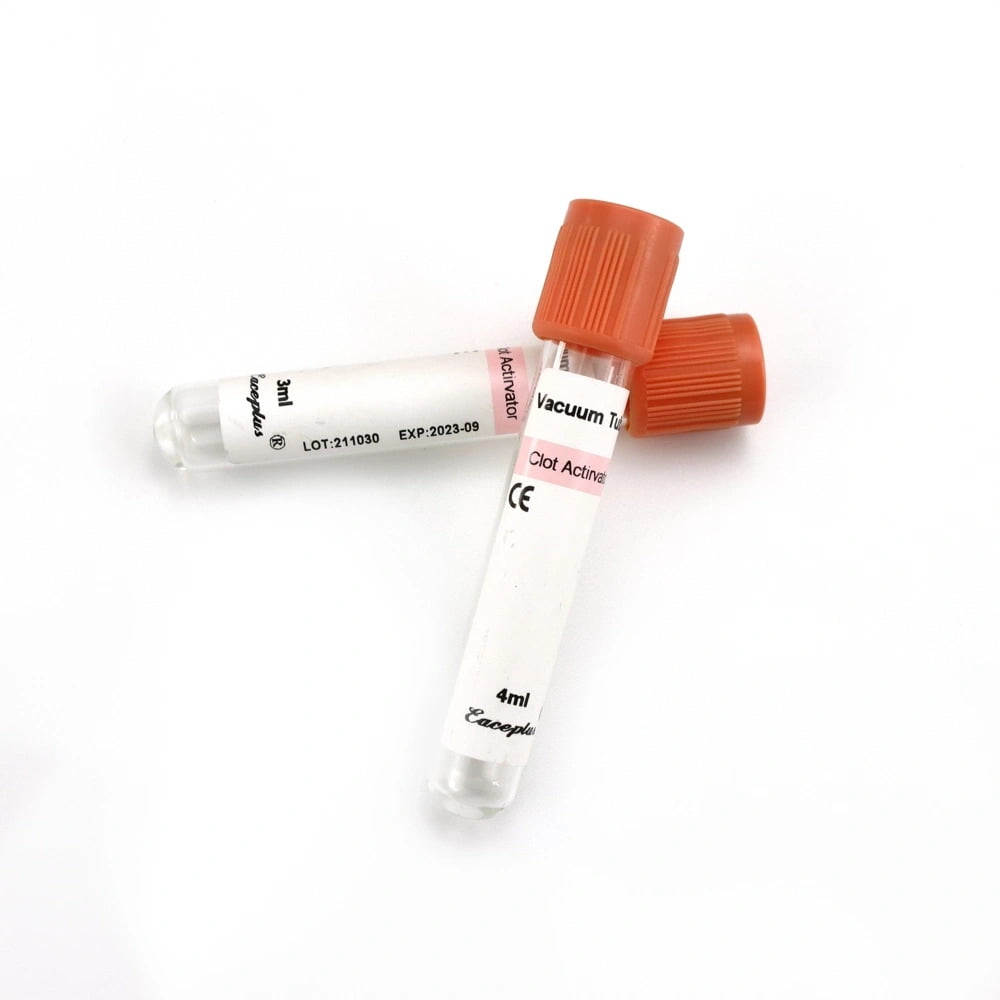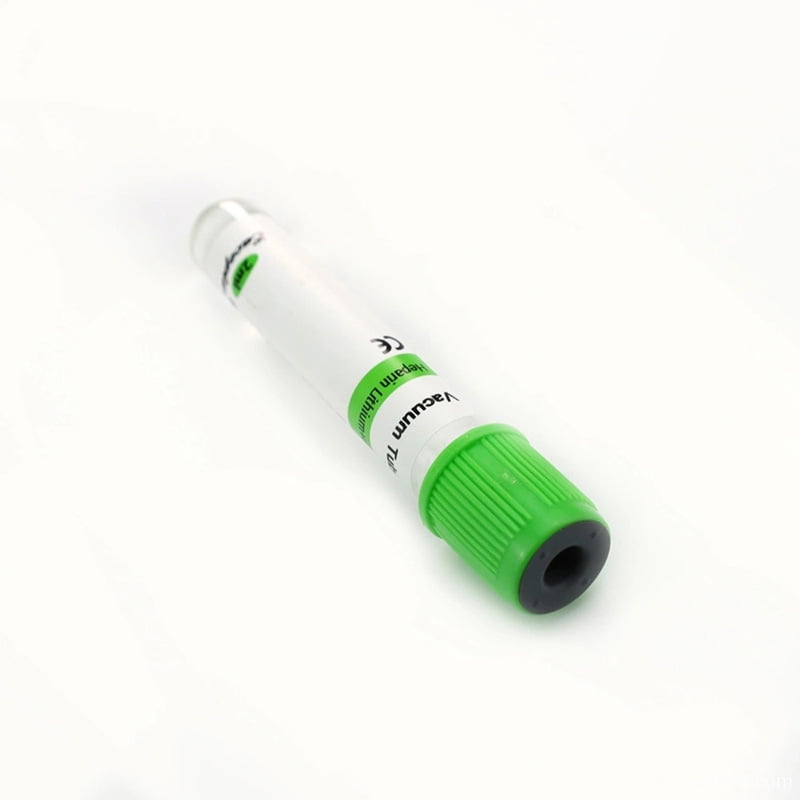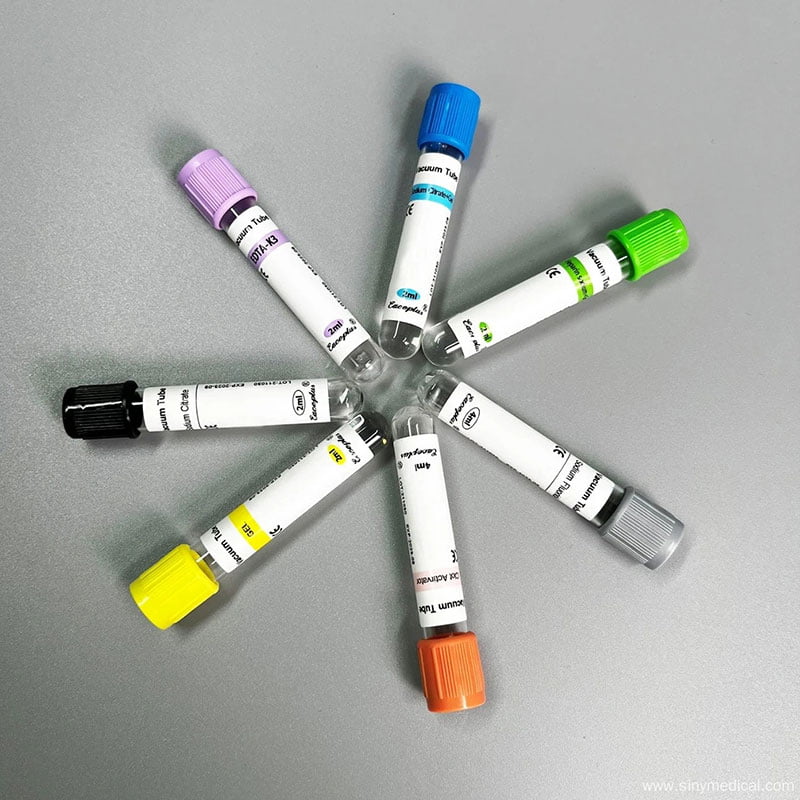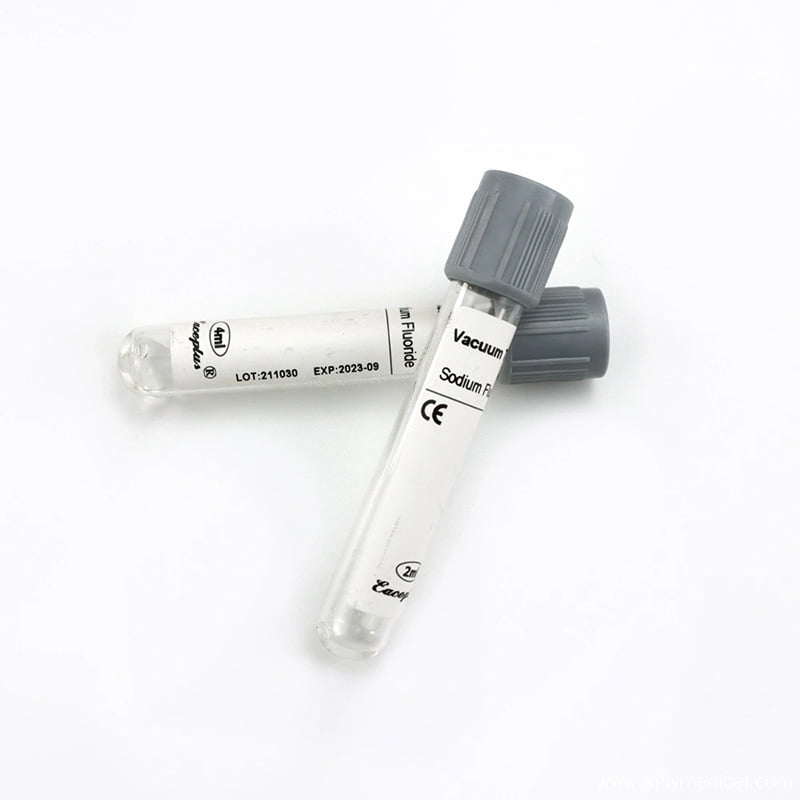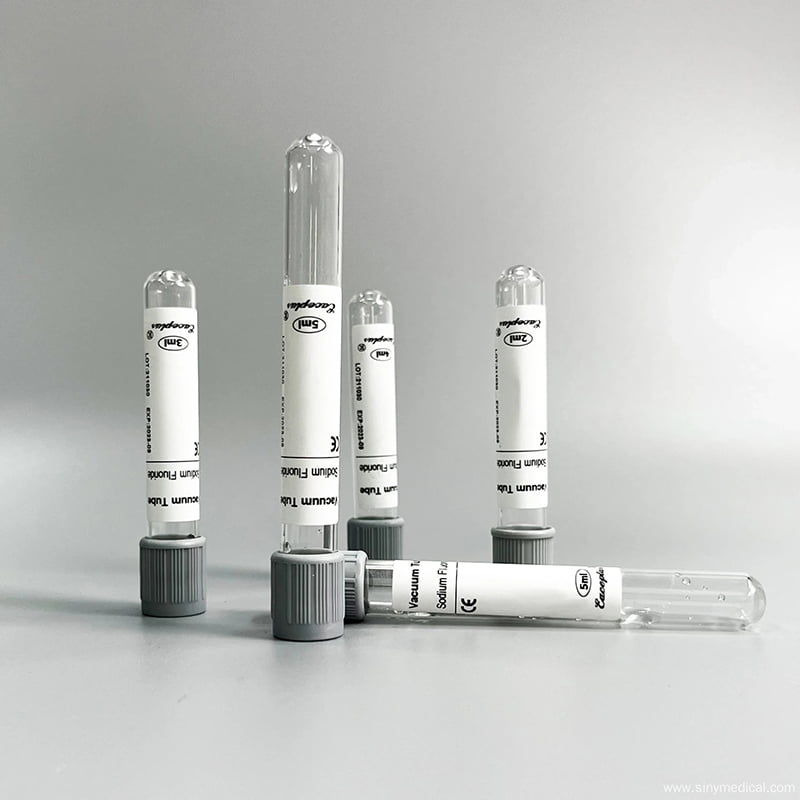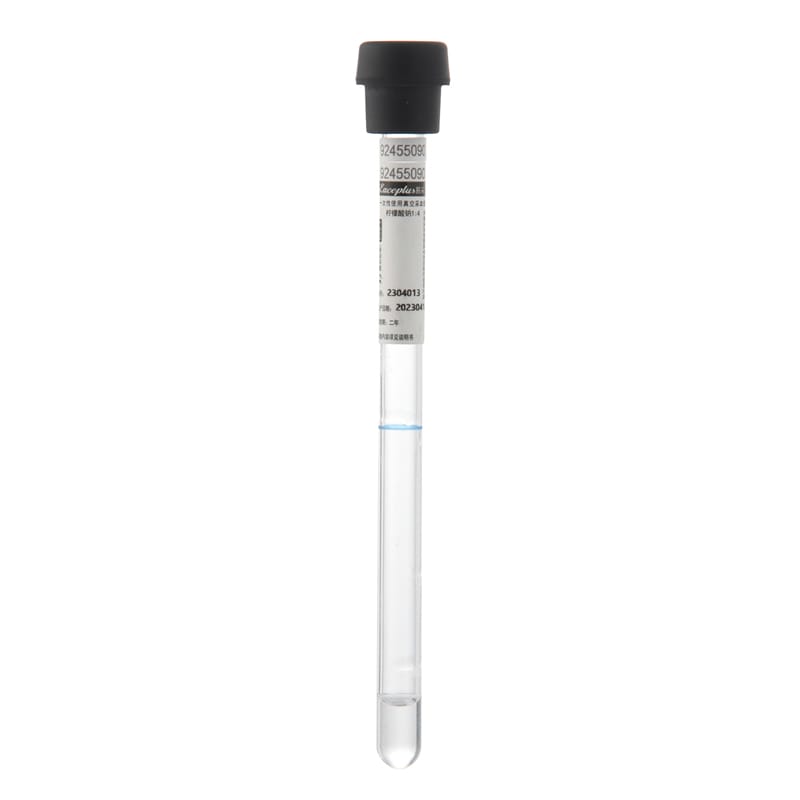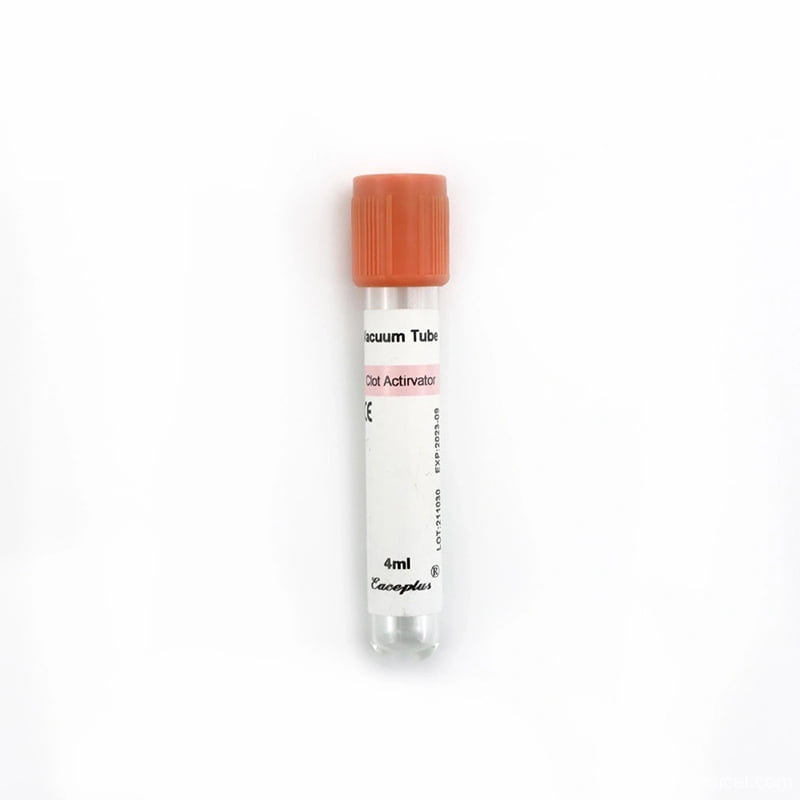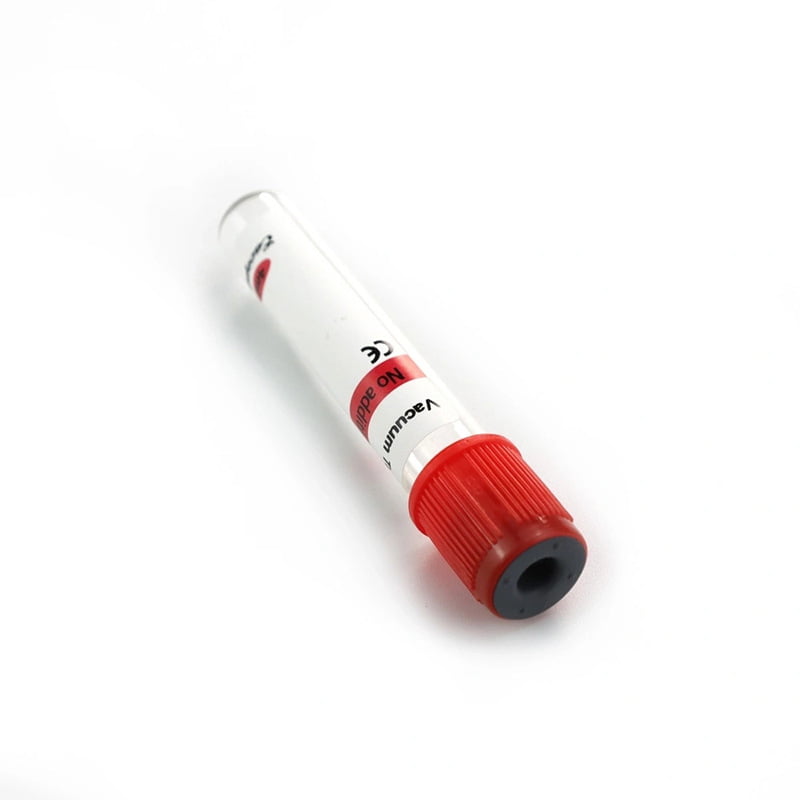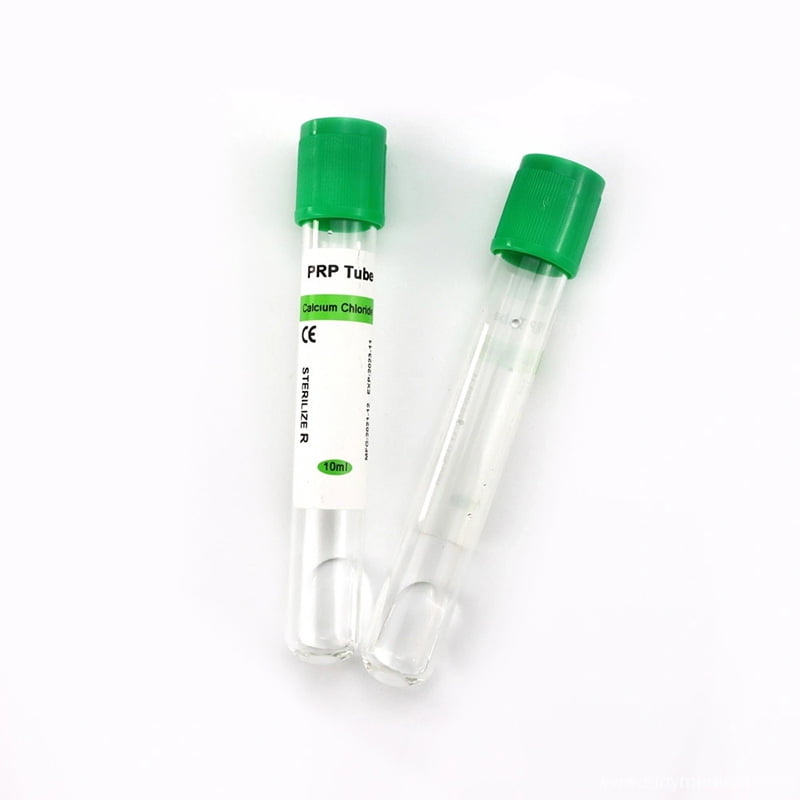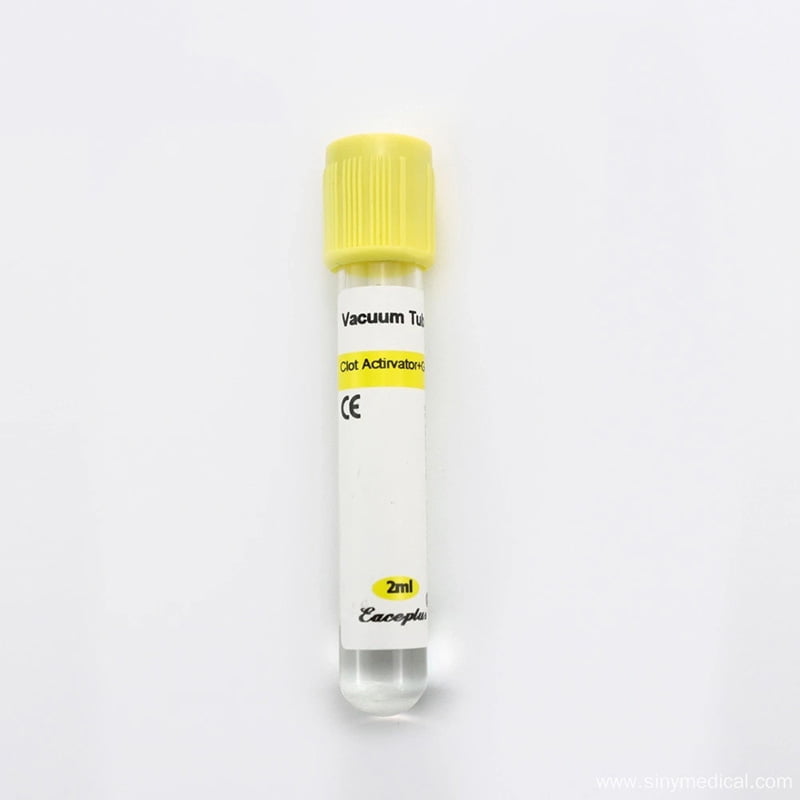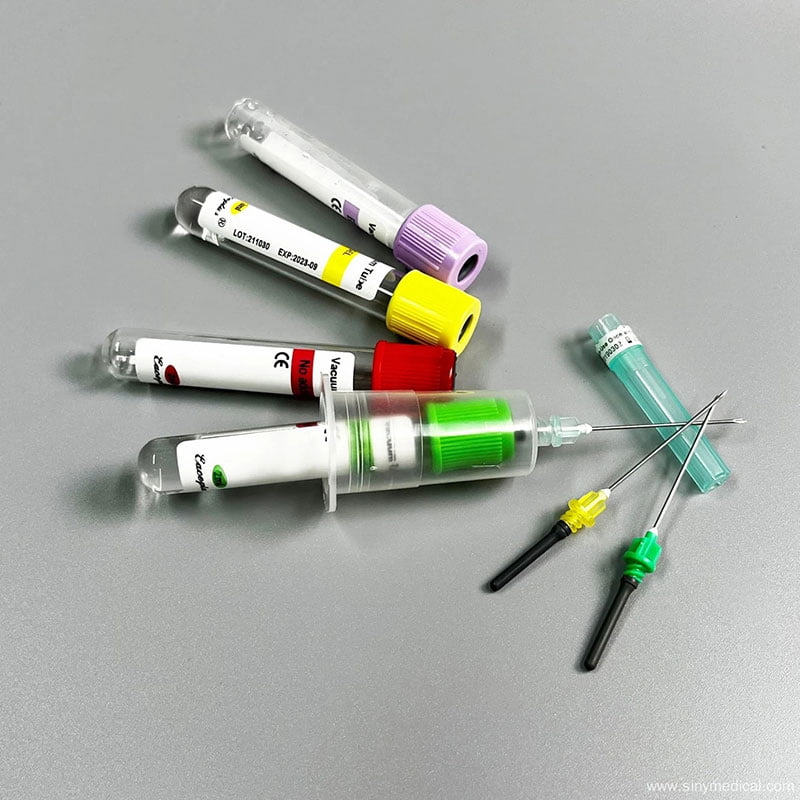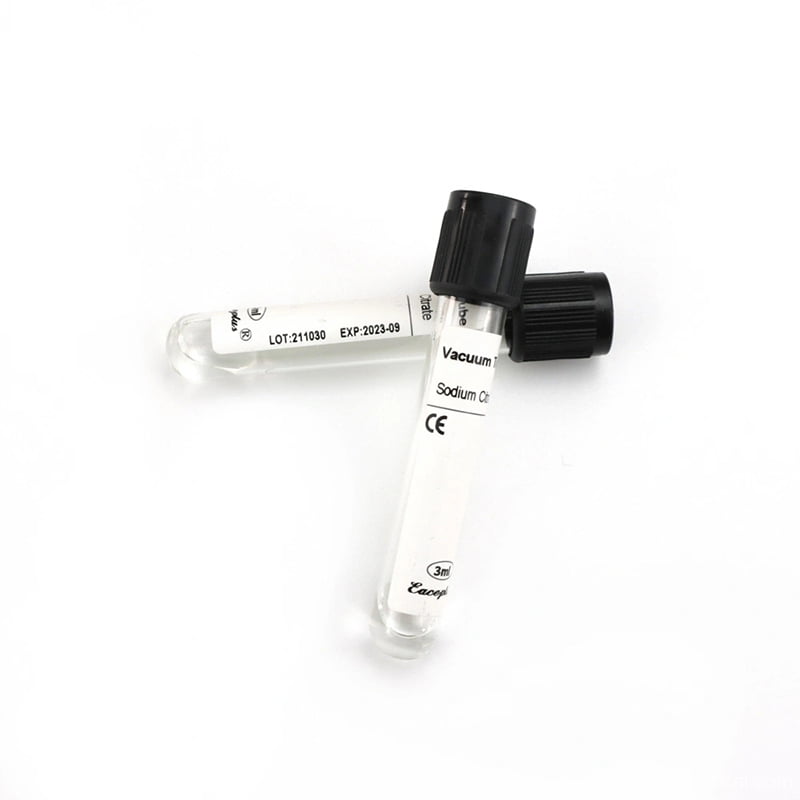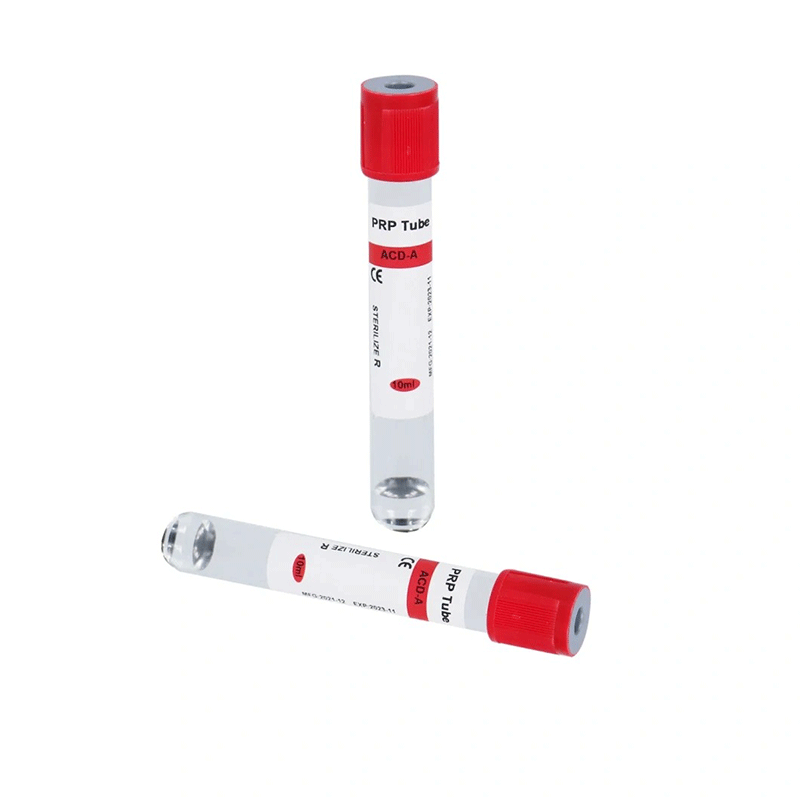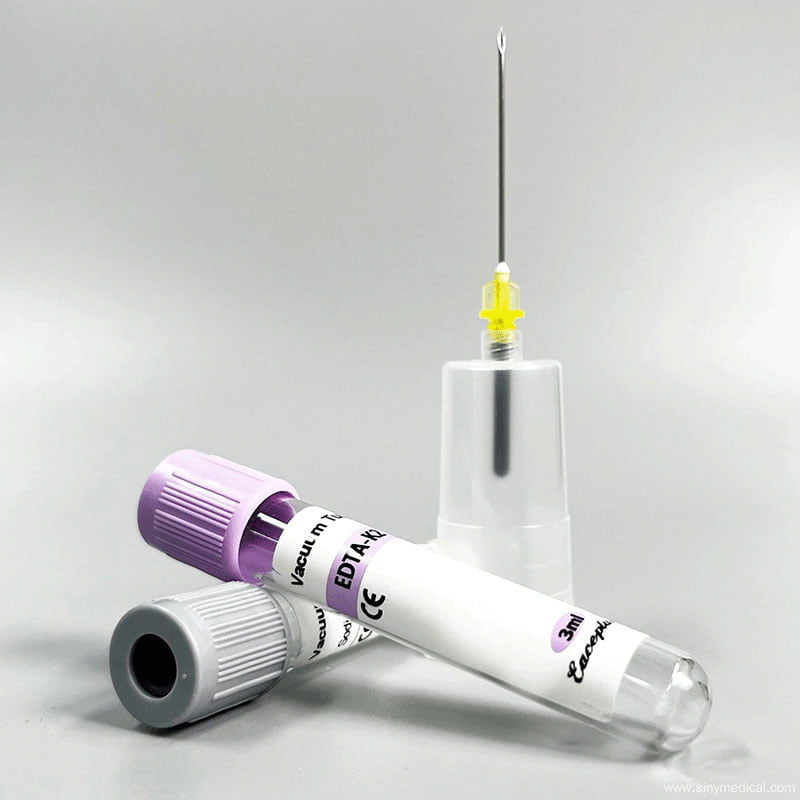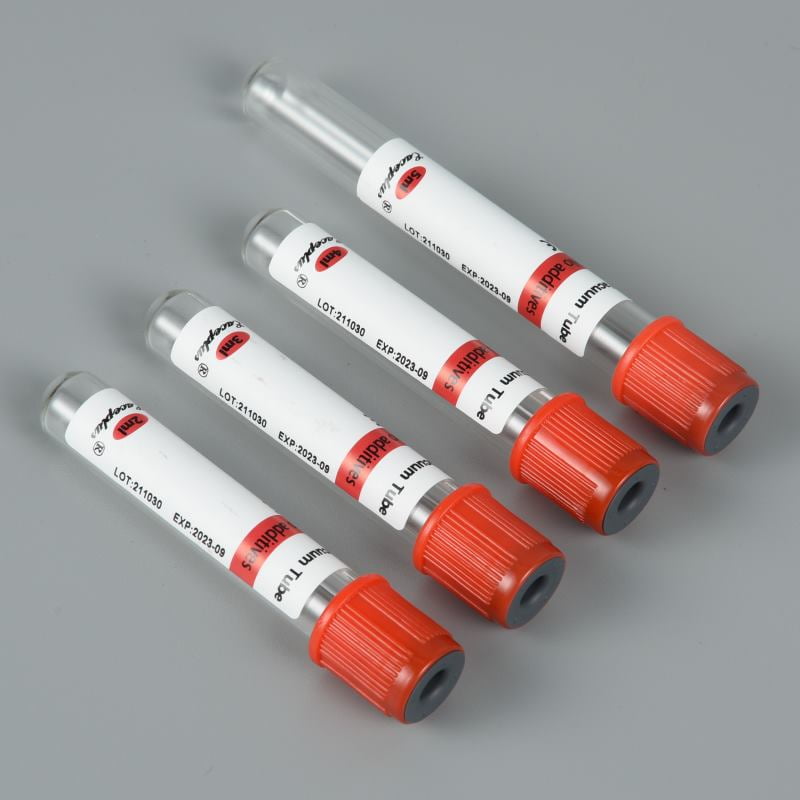Plasma Separator Tubes are essential tools in modern medical diagnostics and research. These tubes are specifically designed to separate plasma from whole blood, enabling accurate analysis and testing. In this blog, we will delve into the intricacies of plasma separator tubes, their applications, benefits, and how they contribute to advancements in medical science. Whether you’re a medical professional, researcher, or simply curious about medical technology, this comprehensive guide will provide you with valuable insights.
Table of Contents
- 1 What is a Plasma Separator Tube?
- 2 What Exactly is a Plasma Separator Tube?
- 3 How Plasma Separator Tubes Work
- 4 Components and Materials of Plasma Separator Tubes
- 5 Applications of Plasma Separator Tubes in Healthcare
- 6 Plasma Separator Tube vs Serum Tube
- 7 Plasma Separator Tubes in PRP Therapy
- 8 Plasma Separator Tubes for Platelet-Rich Plasma (PRP) Preparation
- 9 Summary
- 10 FAQs
What is a Plasma Separator Tube?
A Plasma Separator Tube (PST) is a type of blood collection tube designed to separate plasma from whole blood. Plasma is the liquid portion of your blood, carrying essential proteins, electrolytes, hormones, and nutrients.

Unlike regular blood collection tubes, a PST contains a special gel separator at the bottom. When the tube undergoes centrifugation, the gel shifts between the plasma and the blood cells, creating a barrier that maintains their separation. This makes it easier to collect plasma for testing without contamination from red blood cells or clotting factors.
👉 You can explore different types of blood collection tubes here.
What Exactly is a Plasma Separator Tube?
A plasma separator tube serves as a vacuum blood collection container coated with anticoagulants and a specialized density gradient gel. When you draw blood into the tube, the anticoagulant prevents clotting. After centrifugation, the gel creates a physical barrier between the plasma and the blood cells.
Features of Plasma Separator Tubes:
- Gel Barrier: Positioned between plasma and blood cells post-centrifugation, this gel prevents cellular contamination.
- Anticoagulants: Usually coated with substances like lithium heparin to maintain plasma in a fluid state.
- Vacuum System: Designed to draw a precise volume of blood automatically.
More details about specialized tubes can be found at Heparin Tubes on Siny Medical.
How Plasma Separator Tubes Work
The process of plasma separation involves several steps:
- Blood Collection: A healthcare professional draws blood from a patient using a sterile needle and collects it directly into the plasma separator tube.
- Mixing with Anticoagulant: The tube contains an anticoagulant, such as EDTA, heparin, or sodium citrate, which prevents blood clotting.
- Centrifugation: The technician places the tube in a centrifuge and spins it at high speeds.
- The centrifugal force separates the blood into distinct layers based on density.
- Gel Separation: A gel barrier within the tube forms between the plasma and the cellular components, ensuring clear separation.
- Plasma Extraction: After centrifugation, the plasma layer is easily accessible for further analysis or storage.
This design ensures that the plasma sample is stable, pure, and ready for analysis.
Components and Materials of Plasma Separator Tubes
The typical plasma separator tube consists of the following components:
- Tube Material: Usually made of high-quality plastic or glass, ensuring sample stability and compatibility with testing machines.
- Anticoagulant Additive: Lithium heparin is the most common, stopping blood from clotting.
- Separation Gel: A synthetic, thixotropic polymer with a density between plasma and blood cells (~1.06 g/mL) that moves during centrifugation.
- Vacuum Seal and Labeling: Standardized sizing and vacuum to control blood volume drawn for each test.
To explore differences between plasma tubes and other blood collection tubes, visit Difference Between Serum and Plasma Tubes.
Applications of Plasma Separator Tubes in Healthcare
Plasma Separator Tubes are widely used in:
1. Clinical Chemistry Tests
Plasma is utilized for testing glucose, lipids, and electrolytes.
2. Immunology and Serology
Essential in detecting antibodies, infections, and immune responses.
3. Toxicology
Useful in drug and alcohol testing.
4. PRP Therapy
Medical professionals separate plasma to prepare Platelet-Rich Plasma (PRP) for hair restoration, orthopedic treatments, and skin rejuvenation. Explore PRP options like the 10ml ACD Gel PRP Tube for Hair Loss.
5. Emergency Diagnostics
Quick turnaround for patients in critical conditions.
Plasma Separator Tube vs Serum Tube
Many people confuse plasma and serum tubes, but they’re not the same.
| Feature | Plasma Separator Tube | Serum Separator Tube |
|---|---|---|
| Additive | Contains anticoagulant (heparin) | Contains clot activator |
| Sample Type | Plasma | Serum |
| Time | Faster, no clotting needed | Requires clotting before centrifuge |
| Use Cases | Chemistry, toxicology, immunology | Serology, blood banking |
For a deeper comparison, read Difference Between Serum and Plasma Tubes.
Plasma Separator Tubes in PRP Therapy
PRP (Platelet-Rich Plasma) has become a breakthrough in regenerative medicine and cosmetic dermatology. PSTs play a major role in extracting pure plasma for this therapy.
At Siny Medical, you’ll find specialized PRP tubes such as:
These tubes ensure high-quality plasma collection, ideal for hair loss treatments and skin rejuvenation.
Plasma Separator Tubes for Platelet-Rich Plasma (PRP) Preparation
One of the rapidly growing applications of plasma separator tubes is in PRP therapy. These tubes, equipped with optimized gels, effectively isolate plasma rich in platelets. Medical professionals widely apply PRP in various treatments, including hair restoration, wound healing, and orthopedic procedures. This innovative use highlights the versatility and importance of plasma separator tubes in modern medical therapies.
Siny Medical offers specialized PRP Tubes for Hair Treatment that enhance plasma and platelet yield.
The benefits of different anticoagulants for PRP tubes are detailed in The Benefits of Using Sodium Citrate Tubes for PRP.
Summary
Plasma separator tubes are vital tools in modern medicine, enabling the efficient separation of plasma for diagnostic, therapeutic, and research purposes. Their versatility, accuracy, and convenience make them indispensable in clinical and laboratory settings. Whether you’re conducting a routine blood test or advancing medical research, these tubes ensure reliable and precise results.
For high-quality plasma separator tubes and other medical supplies, visit Siny Medical. Explore our range of products, including PRP Tubes and EDTA Tubes, designed to meet your medical needs.
For more insights and updates, check out our Blog or contact us at Contact Siny Medical. You can also follow us on YouTube and explore our products on Made-in-China.
FAQs
What is the main difference between plasma and serum tubes?
Plasma tubes contain anticoagulants to prevent clotting, while serum tubes allow blood to clot before plasma removal. Plasma tubes provide plasma, while serum tubes provide serum. More details are available at Difference Between Serum and Plasma Tubes.
Can plasma separator tubes be used for all blood tests?
No. Some tests require serum or whole blood. Plasma tubes are preferred for tests that require plasma with minimal cellular contamination.
Why is the gel barrier important?
The gel barrier isolates plasma from cells after centrifugation, preventing contamination and preserving plasma integrity for accurate testing.
How long can plasma stay stable in a separator tube?
Generally, plasma is stable for 24 hours at room temperature.
Where can I find high-quality plasma separator tubes?
Siny Medical offers a wide range of certified plasma separator tubes suitable for research and clinical use at Siny Medical Blood Collection Tubes.
Are there tubes specially designed for PRP?
Yes. Siny Medical provides specially formulated tubes like sodium citrate and ACD gel biotin tubes optimized for PRP applications View PRP Tubes for Hair Treatment.

